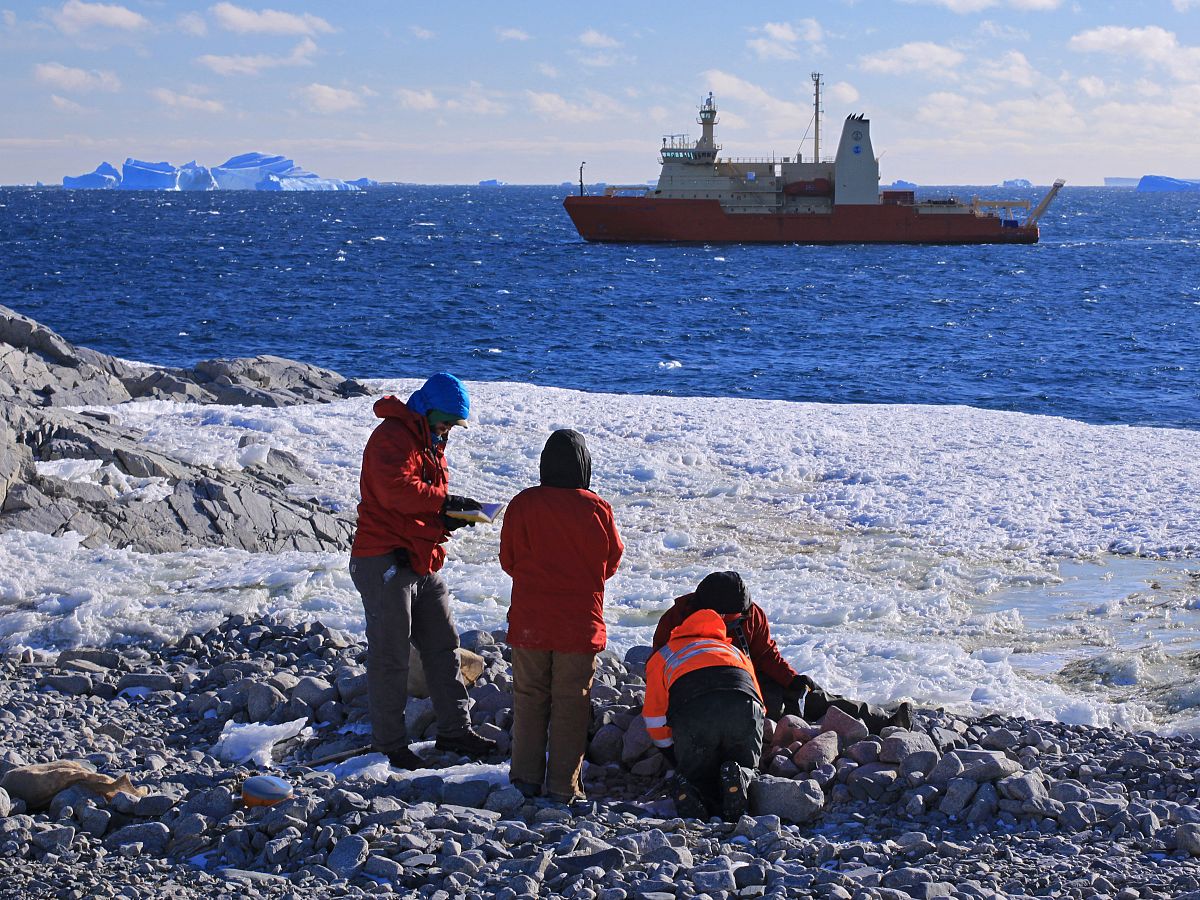Two major glaciers in West Antarctica may be losing ice faster than they have in at least the last 5,000 years.
The study, involving Dr Pippa Whitehouse from our Department of Geography, investigates the recent history of two rapidly melting glaciers that could contribute to major sea level rise over the next several centuries.

Ice sheet melting
Over the past few decades, the West Antarctic Ice Sheet has retreated and thinned at accelerated rates.
The Thwaites and Pine Island glaciers, that extend deep into the heart of the ice sheet, are of particular concern. These glaciers are susceptible to rapid melting because they sit on an inland-sloping bed where warm ocean water can flow underneath floating parts of the glacier tongues and erode the ice sheet from its base, which can lead to runaway ice loss.
Runaway retreat of these two glaciers could reduce the size of the West Antarctic Ice Sheet, potentially contributing as much as 3.4 metres to global sea level rise over the next several centuries.
The study set out to explore whether it is possible to recover from such runaway ice loss.
Glacier growth
It is possible that the glaciers may have been much smaller in the geologically-recent past – namely, during the mid-Holocene, an era over 5,000 years ago that was even warmer than the present day. If they were smaller, they must have subsequently re-grown, raising the hope that they could do this again in the future.
The team used radiocarbon dating of shells from ancient beaches that are now elevated above modern sea level to reconstruct changes in relative sea level over time. These reconstructions over time can be used to identify large-scale changes in glacier advance and retreat.
Global sea levels
The results showed a steady fall in relative sea level over the last 5,000 years. This pattern is consistent with relatively stable glacier behaviour with no evidence of large-scale glacier retreat or advance. The team also found that the rate of relative sea-level fall recorded by the shells was almost five times lower than that measured today. The most likely reason for such a large difference is recent rapid ice loss in the region.
It is possible that there may have been minor fluctuations of the Thwaites and Pine Island glaciers over the past 5,000 or so years. However, the researchers conclude that the simplest interpretation of their data is that these glaciers have been relatively stable since the mid-Holocene until recent times and that the present-day rate of glacier retreat may be unprecedented over the last 5,000 years.
